Cloud applications are the game-changer and are here to make application development easier and pocket-friendly than ever. What is it and what is so much hype is all about? Let’s figure this out.
Cloud based app development is at its all-time high and is enjoying attention from all sorts of business owners. In a world where 90% of organizations are on the cloud, and the cloud application market is likely to touch the mark of $166.8 billion U.S. by 2024, it’s hard to ignore this technology and not get swayed by its influence.
If you think that cloud computing has resources deployed on the cloud, you need to know a lot more about it as it is way more than this. This post presents a crisp overview of cloud-based application meaning, key traits required for expert development, types of cloud apps, etc.
What Is a Cloud Based App?
A cloud-based app is a software having client-side and server-side infrastructural deployment on the cloud. Every application has two infrastructural components, client-side and server-side, responsible for computational, logical processing and data storage.
When these two components are deployed on the cloud, the app is known as a cloud-based application.
The key traits of cloud-based apps are as quoted below.
- Zero or near-zero device requirements as application data are stored in the cloud
- Data can be stored locally to support offline work processing
- Apps can be accessed and used from anywhere with the help of an active internet connection and a data-driven device.
Hosting / User Access Method
Based on user access, cloud space is divided into three categories.
1. Private Cloud
Shared by only limited users, the private cloud offers a secure web system for data, applications, and other processing to a particular client. Usually, organizations have this type of cloud space for internet workflow handling. Other than the employees or those who have access rights, no one else can access the private cloud.
2. Public Cloud
The opposite of the private cloud, the public cloud is accessible and offered to everyone at an affordable price.
3. Hybrid Cloud
A blend of both the public and private cloud, hybrid cloud allows end-users to distribute the data between third-party apps and on-device services.
Hire Cloud developer to develop secure, scalable, and feature-rich cloud application
Types of Cloud-Based Applications
The three key types of cloud-based apps areas:
1. SaaS – Software as Service
One of the most widely used models for cloud based app development, SaaS, refers to offering cloud-based apps via a mobile application and browser. Without any installation and configuration, SaaS permits users to access the application from anywhere in the world.
- Best for short-term ventures.
- Example – Google Drive, Salesforce
2. IaaS – Infrastructure as a Service
In this model, the network, servers, storage, and visualization aspect of cloud based app development is handled by a third party while the client is responsible for building application programming interfaces for the cloud framework and corresponding operating system.
- Best for small to medium-sized organizations
- Example – Microsoft Azure
3. PaaS – Platform as a Service
PaaS provides everything crucial for app development to the users on a rent basis. Resources like middleware, OS, and building tools are accessed via a PaaS service provider.
- Best for multiple developers building a single app from remote locations
- Example – OpenShift, Heroku
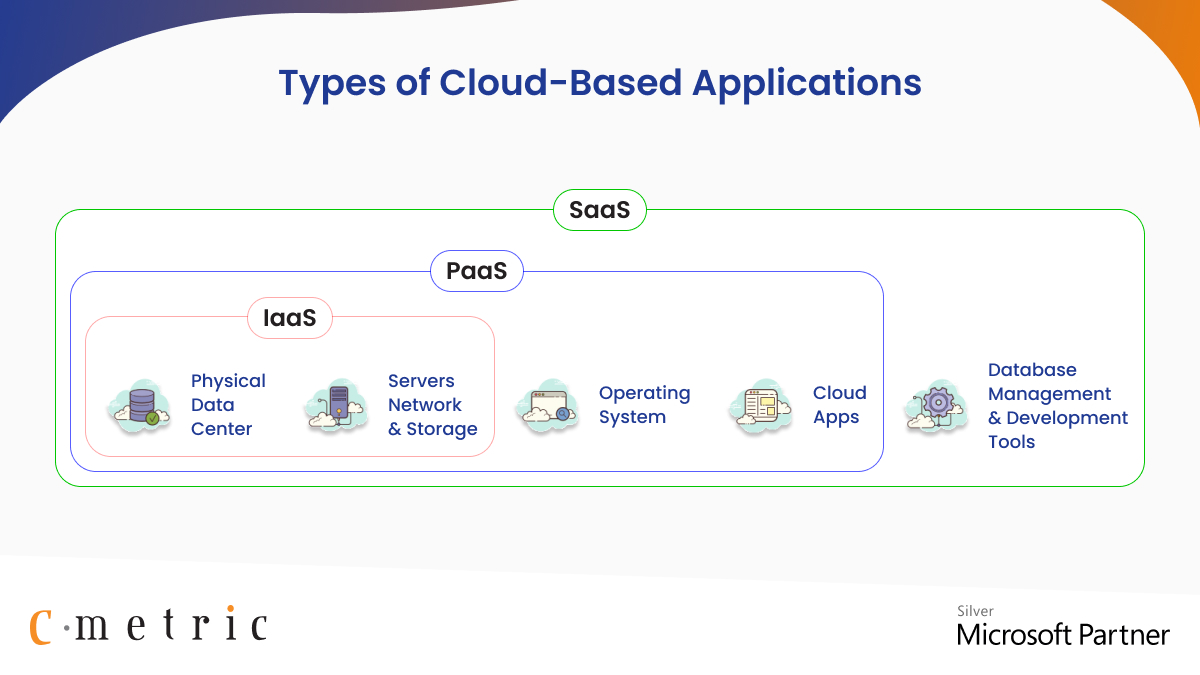
Cloud Based App Development Benefits
The huge demand for cloud based app development is not without reason. In fact, there are many persuasive logics compelling businesses to try this app development model. We present the most prominent ones.
- As the hardware and software expenses are nearly zero, app development cost reduces significantly with the cloud-based model.
- Application scalability is easy-to-achieve as one can expand the hardware/software capacity without any hassle.
- As data and information stored on the app can be accessed from anywhere and anytime, service delivery and flexibility are at their highest level with cloud-based apps.
- With multiple models and cloud type, organizations have a chance to get solution suitable for their needs that brings better ROI in the long run.
- Organizations have the chance to remain tension-free from the job of maintaining the resources and infrastructure used for development, as this is the responsibility of the cloud provider.
Tools to Build a Cloud Based App
The key to developing an exceptional cloud-based app is using the right kind of technology stack. Here are some of the most viable and useful cloud-based app development tools.
- CircleCI – The best bet to make for SaaS development, CircleCIis used widely for small and open source projects as it has in-built support for Docker and iOS applications. It’s integrated with Jira, Docker, and Sauce Labs.
- AWS CodeDeploy – Effective and flawless PaaS development can be done with the help of AWS CodeDeploy. The tool simplifies the app development while you’re using AWS Lambda and Amazon EC2. It lets you handle the entire development from a single place.
- Google App Engine – IaaS app development is done seamlessly with Google App Engine as the tool that lets you decide the language and system for app development. A highly controlled app development infrastructure is offered to the developer.
Cloud Based App Architecture
A detailed understanding of cloud-based app architecture leads to seamless app development. Hence, you need to pay attention to the next part of the article.
Firstly, the integrated services APIs are explained and understood to clarify better essential cloud providers and components to use.
Once integrated APIs are sorted, data organization is the second thing you should be concerned about. Under this section, app architecture should state the cloud server guidance and ways to decouple the data.
Up next, communication processing logic and scaling opportunities are taken care of. Developers need to create a high operating architecture that is capable of working seamlessly in unfavorable situations and supporting back-end modules.
At last, we have security algorithms to check. One must learn how to construct solid data security, bring the public cloud identity into action, and infrastructure management strategy in detail. Also, developers should know about the possible damaging vulnerabilities in the application.
Cloud-based mobile application development represents a modern approach to creating software that operates seamlessly on mobile devices while leveraging the power and flexibility of cloud computing.
This method involves developing applications that are hosted on cloud servers, offering enhanced scalability, storage, and processing capabilities compared to traditional mobile app development. It allows developers to create more dynamic, efficient, and powerful applications that can be easily updated and maintained.
Moreover, cloud-based apps provide a consistent user experience across various devices and platforms, as they rely on cloud computing resources rather than the hardware of the individual devices. This technology also facilitates easier collaboration and integration with other cloud services and APIs, making it an increasingly popular choice for businesses and developers aiming to build sophisticated and versatile mobile applications.
Conclusion
Cloud-based apps are the future and will experience penetration deeper than before with time. Things are better than ever with cloud apps as it’s cost-effective, easy, and quick. However, one shall expect to reap all these benefits, having the best cloud-based app development assistance is imperative. Without it, quality and satisfaction are not possible.
At C-Metric, you’ve got a chance to get the custom cloud based app development done by seasoned industry experts, experience the best ROI, and quick delivery. Book a free consultation today, state your requirements, and get a need-based solution ready at the earliest.
FAQs
-
Who are the top cloud service providers?
Amazon Web Services, Microsoft Azure, and Google Cloud Platform are the top cloud service providers that are currently dominating the cloud market worldwide.
-
What is the difference between web applications and cloud applications?
A significant difference between cloud and web apps is “app architecture.” A web app requires a continuous internet connection to function. However, the cloud-based application can easily perform on a local computer or workstation.
-
Can I hire a cloud app developer from C-Metric for a project-specific task?
Yes, of course, we let you access the resources according to your preference. We have 4 different engagement models, and at a later stage, if you want to shift to a different engagement model, we also cooperate to accommodate the changes.

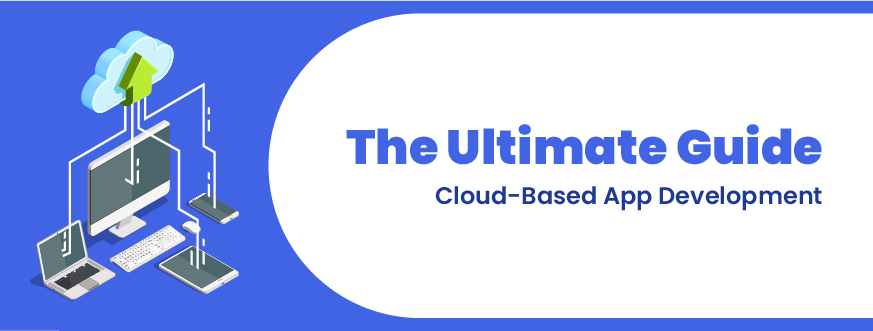
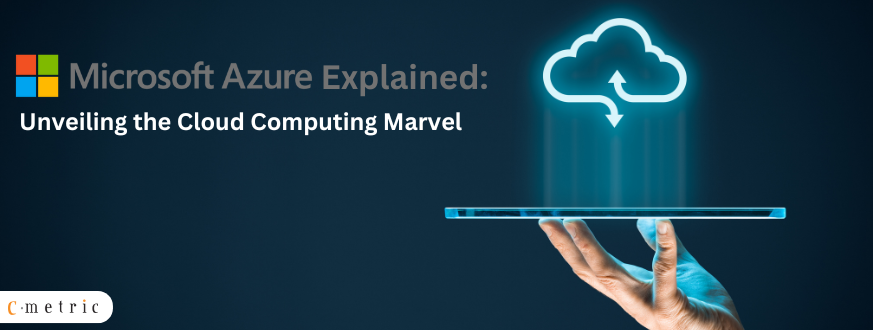
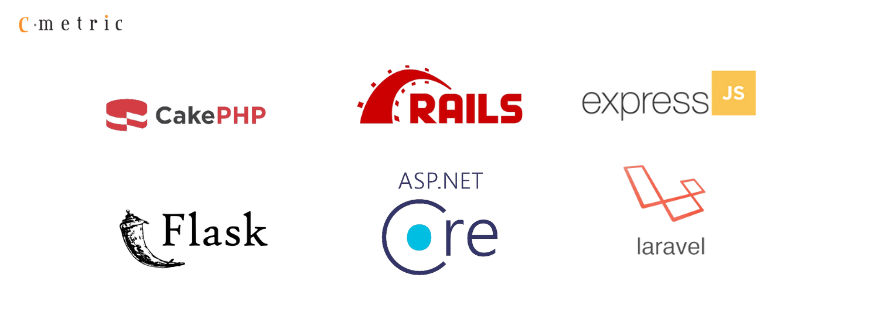
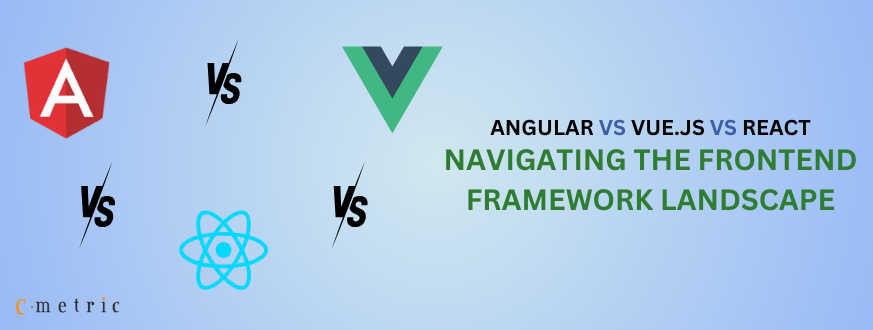

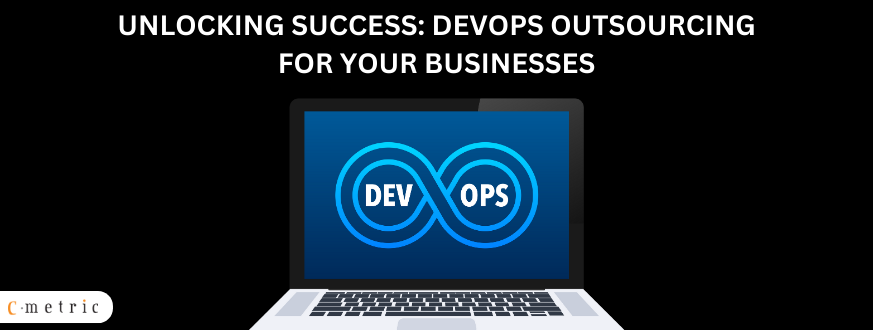

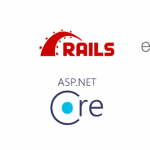
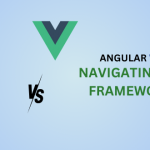

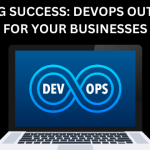

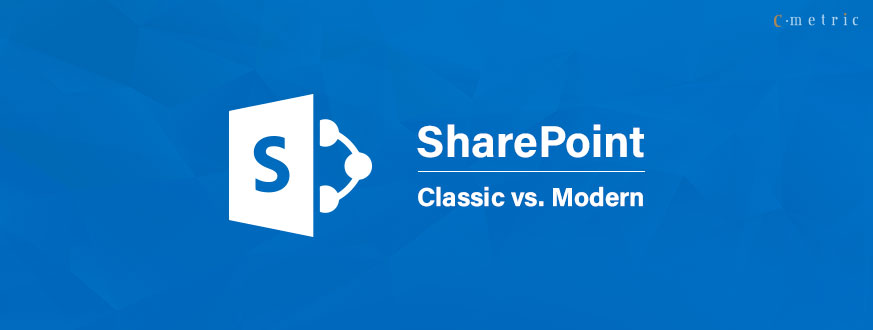
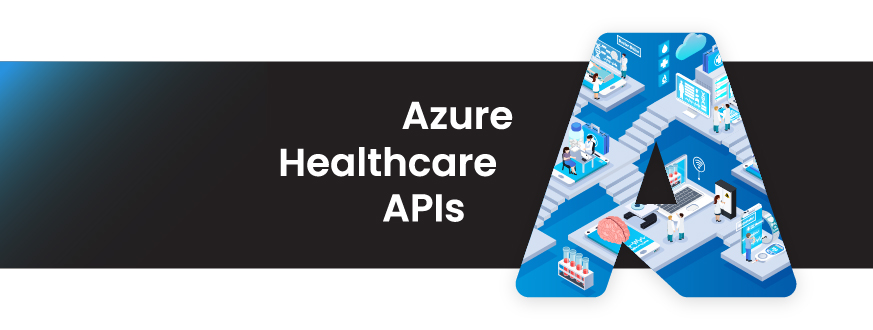
Get in Touch